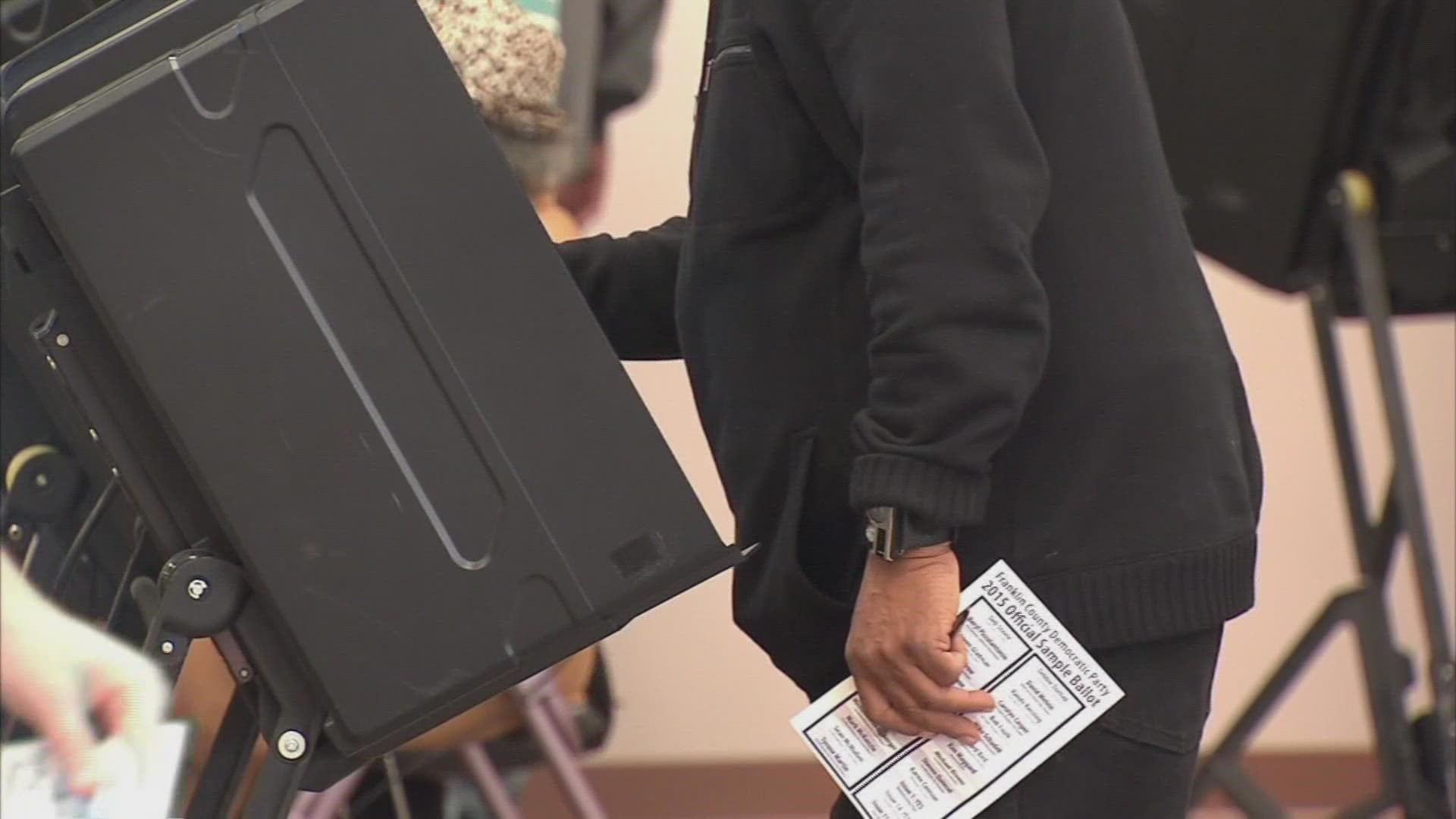COLUMBUS, Ohio — On Nov. 8, Ohioans will vote on a constitutional amendment that targets bail reform.
Issue 1 would remove the Ohio Supreme Court’s authority on determining bail amounts and conditions. Additionally, it would require courts to consider public safety and other factors when setting them.
Those other factors include the seriousness of the crime, the person’s criminal record, the likelihood a person will return to court and other factors the Ohio General Assembly may prescribe.
Why is it on the ballot this year?
The proposal comes in response to the state Supreme Court ruling earlier this year that public safety shouldn’t be a factor in setting cash bail – it should instead focus on ensuring attendance in court.
The ruling stemmed from the DuBose v. McGuffey case, where Justin DuBose was one of three men charged in the July 2020 fatal shooting of Shawn Green during an alleged robbery in Hamilton County.
The court set DuBose’s bond at $1.5 million, despite his attorney requesting an amount based on his finances and lack of criminal record.
Despite multiple requests from DuBose's attorney to reduce the bond amount to $500,000, the court held his bond at the original amount.
In January 2022, the Ohio Supreme Court voted 4-3 to uphold a lower court’s decision that reduced the bond to $500,000, ruling that the $1.5 million bail amount was unconstitutionally excessive.
Ohio Supreme Court Justice Michael Donnelly stated that the bond amount was calculated to be high enough to where DuBose couldn't afford it. He added that the trial court could've ordered that the suspect be held without bond.
Justice Pat DeWine, Gov. Mike DeWine’s son, said the ruling “undermines the safety of our communities.”
Issue 1 was then introduced in March by Republican Reps. Jeff LaRe and D.J. Swearingen.
The majority of the Ohio House of Representatives and State Senate voted in favor of the amendment, qualifying for this year's ballot.
What is the current law?
Currently, the Ohio Constitution gives the state Supreme Court authority to set the rules on bail amounts and conditions for trial courts.
According to the constitution, bail is not granted to a person who commits a capital offense “where the proof is evident or the presumption great,” or to a person who is charged with a felony “where the proof is evident or the presumption great and who where the person poses a substantial risk of serious physical harm to any person or to the community.”
The constitution also states that excessive bail and excessive fines shall not be imposed.
A section in the Ohio Revised Code also states that bail should be set by considering the seriousness of the crime, previous criminal activity and the probability of a person appearing at the trial of the case and that a judge can deny bail if the defendant poses a risk to the community.
Support and opposition for Issue 1
Democratic legislators and bail reform advocates voiced opposition against the proposal, with the ACLU of Ohio calling it a “misguided initiative.”
Bail reform advocates have long argued that cash bail disproportionately impacts poor defendants and keeps them in jail despite a constitutional presumption of innocence.
Meanwhile, Ohio Attorney Dave Yost and other prosecutors support the amendment. Yost said during a press briefing that “the presumption of innocence in court does not equal, it is not the same as pretending that a career criminal poses no threat on the streets.”
_____

